By Christopher Miskimon
Private First Class Hector Cafferata was dead tired. It was 1:30 am and he was with three other Marines in a forward listening post in front of the rest of their platoon. All of them were defending a section of perimeter near the village of Yudam-ni, not far from the Chosin Reservoir in North Korea. After being relieved on watch, the Marine slipped into his sleeping bag after changing his socks and placing his boots in the bag to keep them warm. Then he settled in to get some rest. It was November 28, 1950, and it was freezing cold. Beyond the perimeter soldiers of the People’s Liberation Army’s 59th Division were on the move.
Hector only had been asleep a short while before he was awakened by the sounds of rifle and machinegun fire. He leapt from his sleeping bag and grabbed his M1 Garand rifle. Chinese soldiers were everywhere. Hector shot a half dozen within a few minutes. One of his fellow Marines, a man named Benson, grabbed a Browning Automatic Rifle, but it was frozen. A grenade landed nearby and Benson threw it back just as it exploded, blinding him. Hector led Benson to a gully where they took cover with several wounded Americans.
Suddenly more Chinese were upon them. Hector initially fought them off with a shovel but then wrestled a submachine gun from one of them. He emptied it into the advancing mass of enemy troops. Benson began loading rifles and passing them to him. Hector shot as many enemy soldiers as he could, pausing occasionally to bat away a grenade with his entrenching tool.
Although wounded, he continued fighting throughout the night. Eventually Hector and Benson found themselves sheltering behind a wall of dead bodies. When dawn came, Hector was the only member of his platoon still fighting. The rest of his comrades were dead or severely wounded. Bugles were sounded in the distance, recalling the surviving Chinese. Some of them gathered downhill from Hector’s position, apparently preparing for a final push.
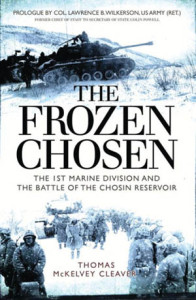 Suddenly, eight F-51 Mustangs of the Royal Australian Air Force roared overhead. Spotting the Chinese, they roared in on strafing runs, leaving 125 of them dead on the hillside and the rest fleeing. Hector was alive, but he realized that he had fought the entire night in his socks. Badly frostbitten, he would lose all his toes. For his valor under fire, President Harry S. Truman awarded him the Medal of Honor in 1952.
Suddenly, eight F-51 Mustangs of the Royal Australian Air Force roared overhead. Spotting the Chinese, they roared in on strafing runs, leaving 125 of them dead on the hillside and the rest fleeing. Hector was alive, but he realized that he had fought the entire night in his socks. Badly frostbitten, he would lose all his toes. For his valor under fire, President Harry S. Truman awarded him the Medal of Honor in 1952.
The fighting around the Chosin Reservoir was a frozen hell of misery for the soldiers on both sides. U.S. marines, soldiers, South Koreans, and Chinese all struggled and suffered during the 1950 campaign. For the Marine Corps, it would become a legend of dogged perseverance in the annals of its history alongside Belleau Wood, Guadalcanal, and Khe Sanh. How this legendary epic occurred is recounted in detail in The Frozen Chosen: The 1st Marine Division and the Battle of the Chosin Reservoir (Thomas McKelvey Cleaver, Osprey Publishing, Oxford, UK, 2016, 296 pp., maps, photographs, bibliography, index, $28.00, hardcover).
The book is essentially divided into two parts. In the first part, the author explains how U.S. forces found themselves in Korea in the first place. The relevant history and opening moves of the war are explained in great detail. The second part covers the fighting around the reservoir itself when the Chinese took the Allied high command by surprise and dealt it a severe blow, which threatened to drive them into the sea. As it should, the sectoin focuses heavily on the Marines and soldiers who fought so desperately and bravely to stave off their enemy, allowing a fighting withdrawal despite the enemy’s best efforts.
The Chosin Reservoir was a military defeat for the United States but was a triumph of American arms and character. The author’s clear prose, attention to detail, and thorough research shows why this is true.
Margin of Victory: Five Battles That Changed the Face of Modern War
(Douglas Macgregor, Naval Institute Press, Annapolis, MD, 2016, 288 pp., maps, notes, bibliography, index, $34.95, hardcover)
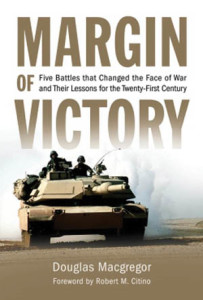 The men of Lieutenant Maurice Dease’s platoon of the Northumberland Fusiliers were dying fast on August 23, 1914. Assigned to protect the Nimy Railway Bridge over the Mons-Conde Canal, Dease had to take over his section’s machine gun because all his men were dead or wounded. He kept firing despite receiving an ultimately fatal wound. A private took over the unit’s last remaining machine gun until he also was overwhelmed by the German assault across the river.
The men of Lieutenant Maurice Dease’s platoon of the Northumberland Fusiliers were dying fast on August 23, 1914. Assigned to protect the Nimy Railway Bridge over the Mons-Conde Canal, Dease had to take over his section’s machine gun because all his men were dead or wounded. He kept firing despite receiving an ultimately fatal wound. A private took over the unit’s last remaining machine gun until he also was overwhelmed by the German assault across the river.
The Germans had successfully crossed the canal during what became known as the Battle of Mons thanks to the courage of German Private August Niemeyer, who swam the river and brought a boat back, which enabled a patrol to get across and help him swing the bridge back over the water. Within 40 minutes the attacking Germans were pushing back the British despite the defenders’ valiant efforts to hold their position.
This interesting work takes five battles of the 20th century that heralded changes in warfare. In addition to the British holding the line at Mons in 1914, the author also analyzes the Battle of Shanghai in 1937, the Soviet destruction of Nazi Germany’s Army Group Center in 1944, the Battle of Suez in 1973, and the Battle of 73 Easting in 1991. All of these were significant actions that presaged how future wars would be fought.
The challenge is for a nation’s military system to successfully adapt to changes in warfare. Although seemingly disparate, these battles are linked together with a logical theme, which makes for an informative and thought-provoking work.
The Great War and the Middle East: A Strategic Study
(Rob Johnson, Oxford University Press, Oxford, UK, 2016, 400 pp., maps, photographs, notes, bibliography, index, $34.95, hardcover)
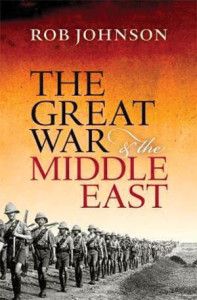 World War I was far more than the unending trenches of Western Europe. It was truly a world-spanning conflict, one that was very important to the future of the Middle East. The British Empire fought a long and difficult series of campaigns against the Ottoman Empire, with a modicum of involvement from Imperial Russia and France. Meanwhile, the Germans gave assistance to the Ottomans, trying to divert as many Allied resources as possible away from the European continent. The result was the end of five centuries of Ottoman rule of the region and a redrawing of the area’s map.
World War I was far more than the unending trenches of Western Europe. It was truly a world-spanning conflict, one that was very important to the future of the Middle East. The British Empire fought a long and difficult series of campaigns against the Ottoman Empire, with a modicum of involvement from Imperial Russia and France. Meanwhile, the Germans gave assistance to the Ottomans, trying to divert as many Allied resources as possible away from the European continent. The result was the end of five centuries of Ottoman rule of the region and a redrawing of the area’s map.
During the World War I centennial there have been many new works on the conflict, including a number on the Middle East. This book stands out from the pack through the author’s in-depth look at the pre- and postwar strategies along with the actual campaigns. He also furnishes good detail on Caucasus Campaign, which usually is glossed over. The result is a successful argument that the Middle East fighting was central to the maintenance of the British Empire and its prestige among its holdings.
Battle Royal: The Wars of Lancaster and York 1450-1462
(Hugh Bicheno, Pegasus Books, New York, 2017, 416 pp., maps, tables, illustrations, appendices, bibliography, index, $27.95, hardcover)
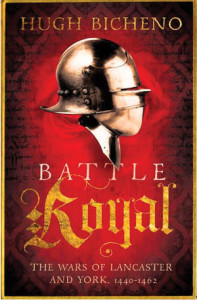 This is the first volume of a two-part series chronicling one of the most important conflicts in British history. In this edition the author delves into the causes of the conflict in the decades preceding it. He successfully navigates the intricacies of the English nobility and the politics of the period. The work includes numerous maps and tables that help explain the byzantine complexities of 15th-century England.
This is the first volume of a two-part series chronicling one of the most important conflicts in British history. In this edition the author delves into the causes of the conflict in the decades preceding it. He successfully navigates the intricacies of the English nobility and the politics of the period. The work includes numerous maps and tables that help explain the byzantine complexities of 15th-century England.
Panting for Glory: The Mississippi Rifles in the Mexican War (Richard Bruce Winders, Texas A&M University Press, College Station, 2016, 192 pp., maps, illustrations, notes, bibliography, index, $45.00, hardcover)
Two regiments of volunteers formed the Mississippi Rifles during the Mexican-American War. The 2nd Regiment saw very little action and served mostly on garrison duty. Denied a chance for glory, it largely has been overlooked by history. But the 1st Regiment achieved fame and glory at the Battles of Buena Vista and Monterey under the command of future Confederate President Jefferson Davis.
The Mississippi Rifles had the advantage of being issued percussion cap rifles rather than the outdated flintlocks that most other units still used. On the whole, volunteer troops had a shaky reputation during the Mexican War.
This book shows what service in these regiments was like. It captures the excitement of battle and contrasts that with the boredom of guard duty. These two units, raised in the same state from the same population, had a different wartime experience. In a time when glory in combat was a noble pursuit, an uneventful tour of duty could be almost shameful. This work effectively shows how the service of these two units exemplifies the way opportunity and chance affects what kind of war a soldier experiences.
Jacobites: A New History of the ’45 Rebellion
(Jacqueline Riding, Bloomsbury Press, New York, 2016, 608 pp., maps, illustrations, notes bibliography, index, $35.00, hardcover)
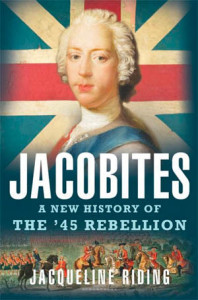 The rebellion of 1745-1746 was a turning point in British history. Charles Edward Stuart, known popularly as “Bonnie Prince Charlie,” was the grandson of James II and he sought to regain his ancestor’s crown. His efforts alone would likely have come to naught, but the intervention of France elevated the conflict. With French aid, Stuart’s army got within 120 miles of London before it met disaster at the Battle of Culloden on April 16, 1746. Stuart’s hopes for a crown were dashed forever in the last major battle fought on British soil. Culloden ranks alongside Hastings and El Alamein in its importance in British military history.
The rebellion of 1745-1746 was a turning point in British history. Charles Edward Stuart, known popularly as “Bonnie Prince Charlie,” was the grandson of James II and he sought to regain his ancestor’s crown. His efforts alone would likely have come to naught, but the intervention of France elevated the conflict. With French aid, Stuart’s army got within 120 miles of London before it met disaster at the Battle of Culloden on April 16, 1746. Stuart’s hopes for a crown were dashed forever in the last major battle fought on British soil. Culloden ranks alongside Hastings and El Alamein in its importance in British military history.
This informative work is divided into a series of short chapters that quickly get to the point, giving the reader a clear picture of the events. The author takes an objective view of the subject, allowing for a dispassionate and unbiased retelling. The book is thoroughly detailed and laced with period illustrations.
Riding for the Lone Star: Frontier Cavalry and the Texas Way of War 1822-1865
(Nathan A. Jennings, University of North Texas Press, Denton, 2016, maps, illustrations, notes, bibliography, index, $32.95, hardcover)
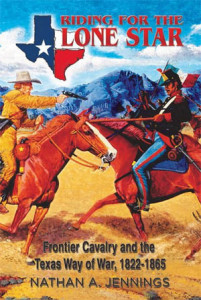 The horse was a vital part of early Texas frontier culture. It was only natural, therefore, that mounted soldiers would form the basis of their military system. Ranger Noah Smithwick demonstrated this during the Texas War for Independence when his company tracked a Comanche raiding party. Charging into their midst, the Texans cut down many of their foes. One of the Comanches fired at Smithwick but missed him. As the Comanche reloaded, the young cavalryman shot him down.
The horse was a vital part of early Texas frontier culture. It was only natural, therefore, that mounted soldiers would form the basis of their military system. Ranger Noah Smithwick demonstrated this during the Texas War for Independence when his company tracked a Comanche raiding party. Charging into their midst, the Texans cut down many of their foes. One of the Comanches fired at Smithwick but missed him. As the Comanche reloaded, the young cavalryman shot him down.
Frontier cavalrymen later acted as scouts during the Mexican-American War. After that, they participated in the Confederate invasion of New Mexico during the American Civil War.
The history of Texas cavalrymen at war is thoroughly told in this work. It covers the origins of the mounted tradition in the days before Texan independence and their role in that conflict. The author covers various skirmishes that occurred while Texas was an independent nation, and he also explores in detail the Mexican-American War and American Civil War. This book is an effective study of a single region’s unique military development during the frontier era.
Kleinkrieg: The German Experience with Guerrilla Warfare, from Clausewitz to Hitler
(Charles D. Melson, Casemate Publishers, Phila-delphia and London, 2016, 216 pp., maps, photographs, notes, $32.95, hardcover)
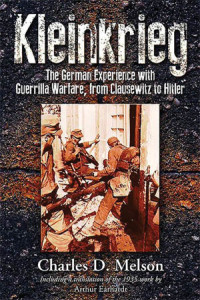 The German military’s experience with guerrilla warfare is usually associated with World War II when they fought against partisans in France, the Soviet Union, and the Balkans. Combatting guerrillas was not limited to that conflict, though. Clausewitz dedicated a section of his influential 1832 work On War to the subject. During the Franco-Prussian War, German troops fought insurgents in France. Germany later fought such groups in their own small colonial conflicts in Africa and China. During World War I, German and native troops under General Paul von Lettow-Vorbeck waged their own guerrilla campaign against the British Empire after they invaded German East Africa. Nazi Germany’s Wehrmacht fought a protracted struggle against resistance fighters across Europe who sought to free themselves of fascist tyranny.
The German military’s experience with guerrilla warfare is usually associated with World War II when they fought against partisans in France, the Soviet Union, and the Balkans. Combatting guerrillas was not limited to that conflict, though. Clausewitz dedicated a section of his influential 1832 work On War to the subject. During the Franco-Prussian War, German troops fought insurgents in France. Germany later fought such groups in their own small colonial conflicts in Africa and China. During World War I, German and native troops under General Paul von Lettow-Vorbeck waged their own guerrilla campaign against the British Empire after they invaded German East Africa. Nazi Germany’s Wehrmacht fought a protracted struggle against resistance fighters across Europe who sought to free themselves of fascist tyranny.
Much of the material in this book is presented here in English for the first time. Thoroughly researched and well annotated, the work delves deeply into both theory and practice, delivering a German viewpoint for an age-old issue that still taxes modern militaries around the world today. The author seeks to present this material in an unbiased manner. He avoids the ideological pitfalls that abound from any study of Nazi-era methods, allowing the reader to see them with a clear eye.
Valiant Ambition: George Washington, Benedict Arnold and the Fate of the American Revolution
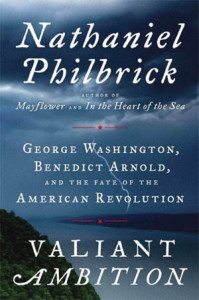 (Nathaniel Philbrick, Viking Books, New York, 2016, 427 pp., maps, illustrations, notes, bibliography, index, $30.00, hardcover)
(Nathaniel Philbrick, Viking Books, New York, 2016, 427 pp., maps, illustrations, notes, bibliography, index, $30.00, hardcover)
George Washington and Benedict Arnold are key figures in the American Revolution. Washington’s leadership skills, ability to learn, and the acumen needed to rise above petty political squabbles and focus on what was needed to secure independence truly made him the indispensable man at a critical time. Arnold’s bravery and skill in the early days of the war led to several British defeats, which saved the rebellion on more than one occasion. Tragically, a combination of political machination against him and Arnold’s own sensitive ego and impulsive nature worked against him, denying what he thought was his rightful place and status. He lost faith in the cause and betrayed it, earning an ignominious place in American military history.
The strength of this work is in the author’s ability to turn what could be a dry retelling into an emotional human drama fraught with all the complexities people caught in such times must face. The book effectively shows how real people made hard decisions, maintained their loyalty and integrity, or in turn cast such notions aside during a time of great crisis in United States history.
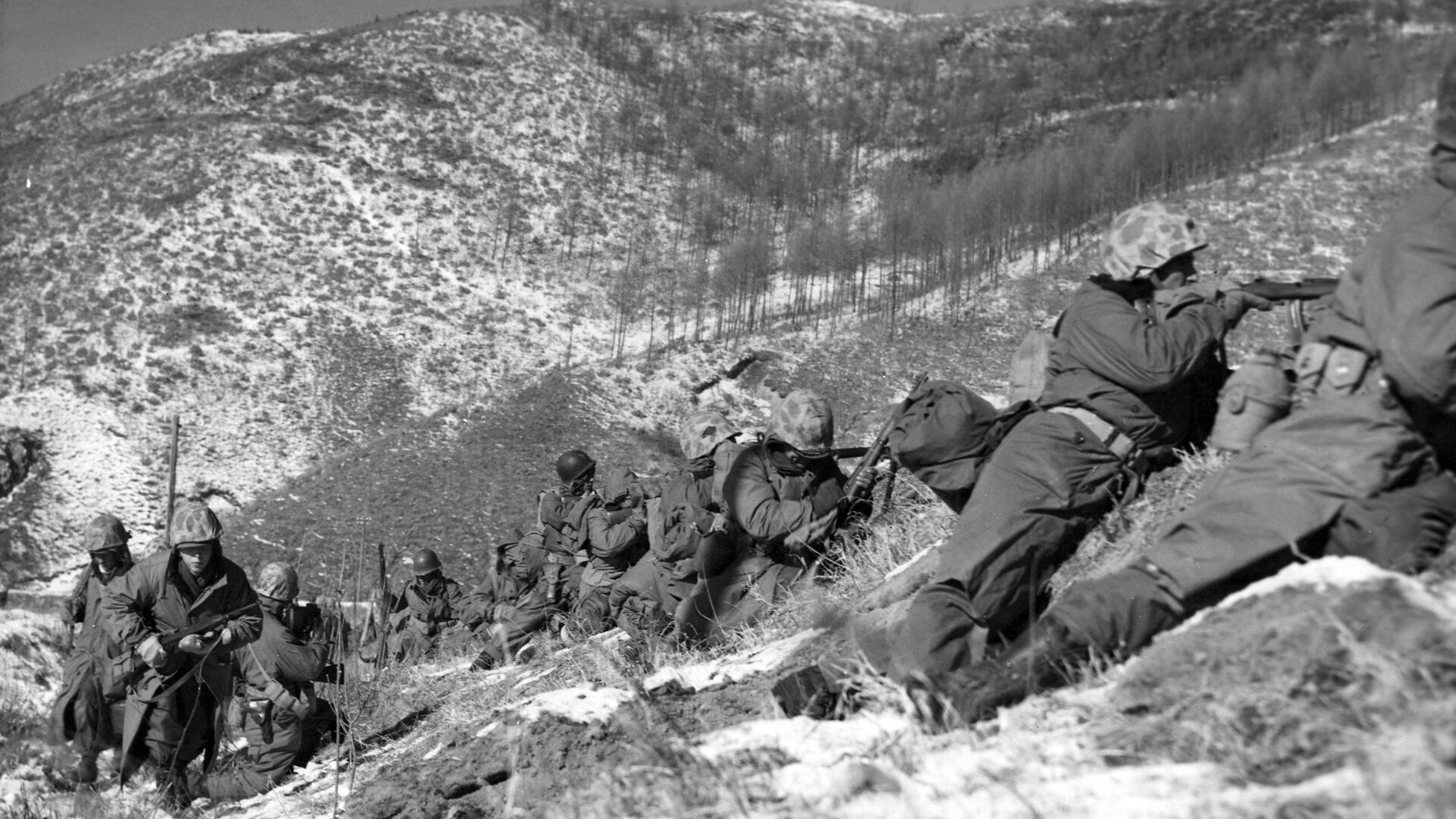
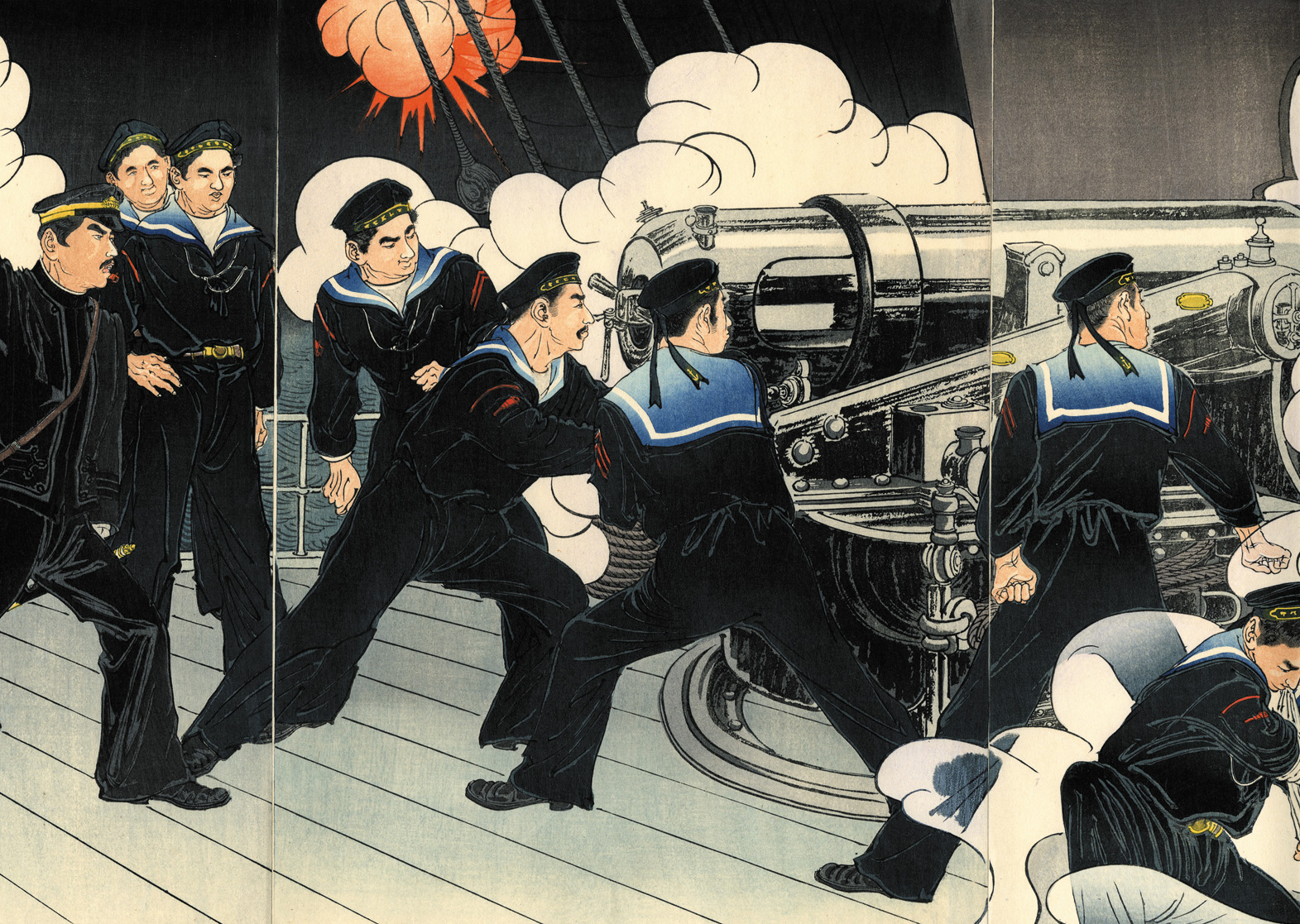

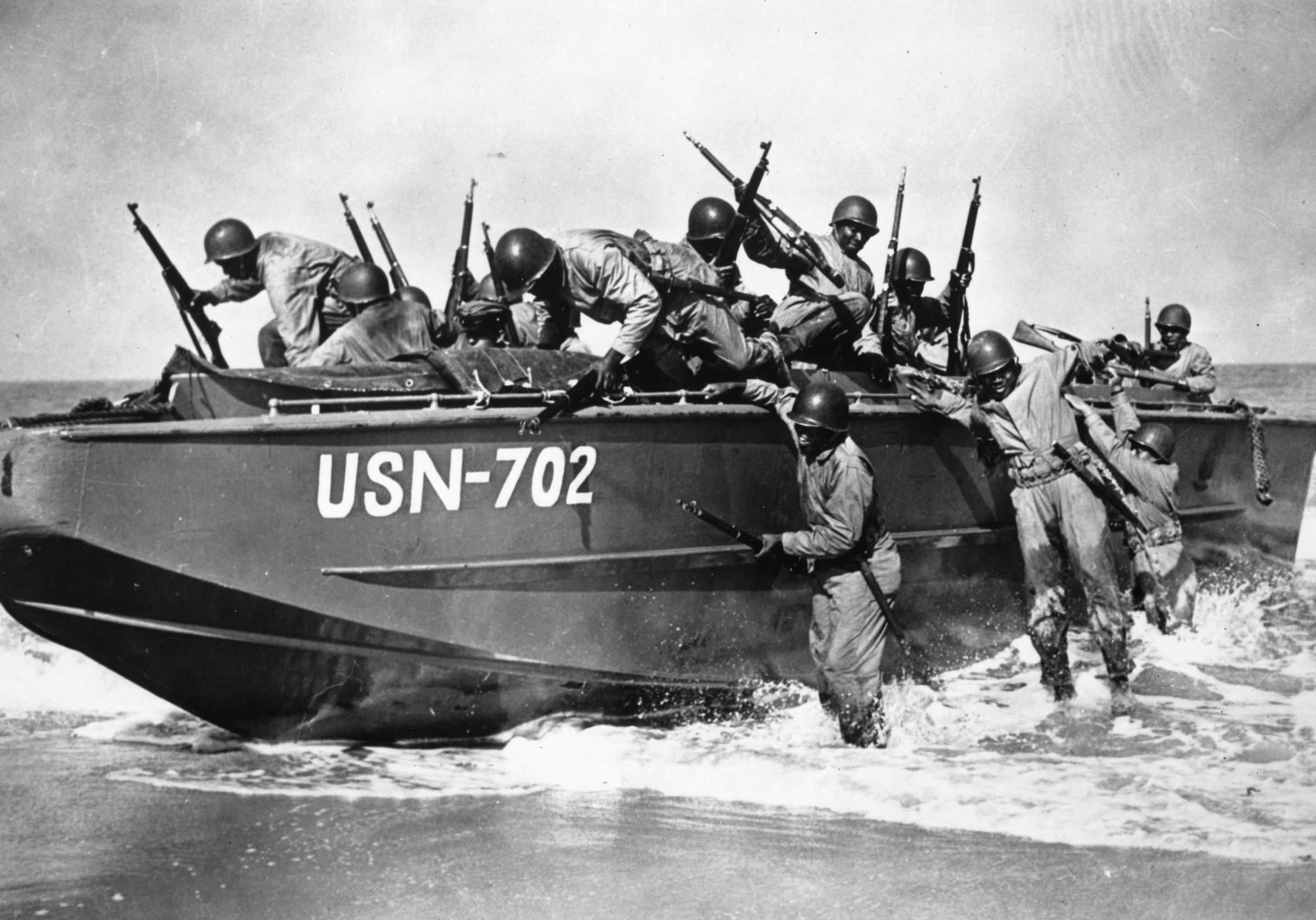
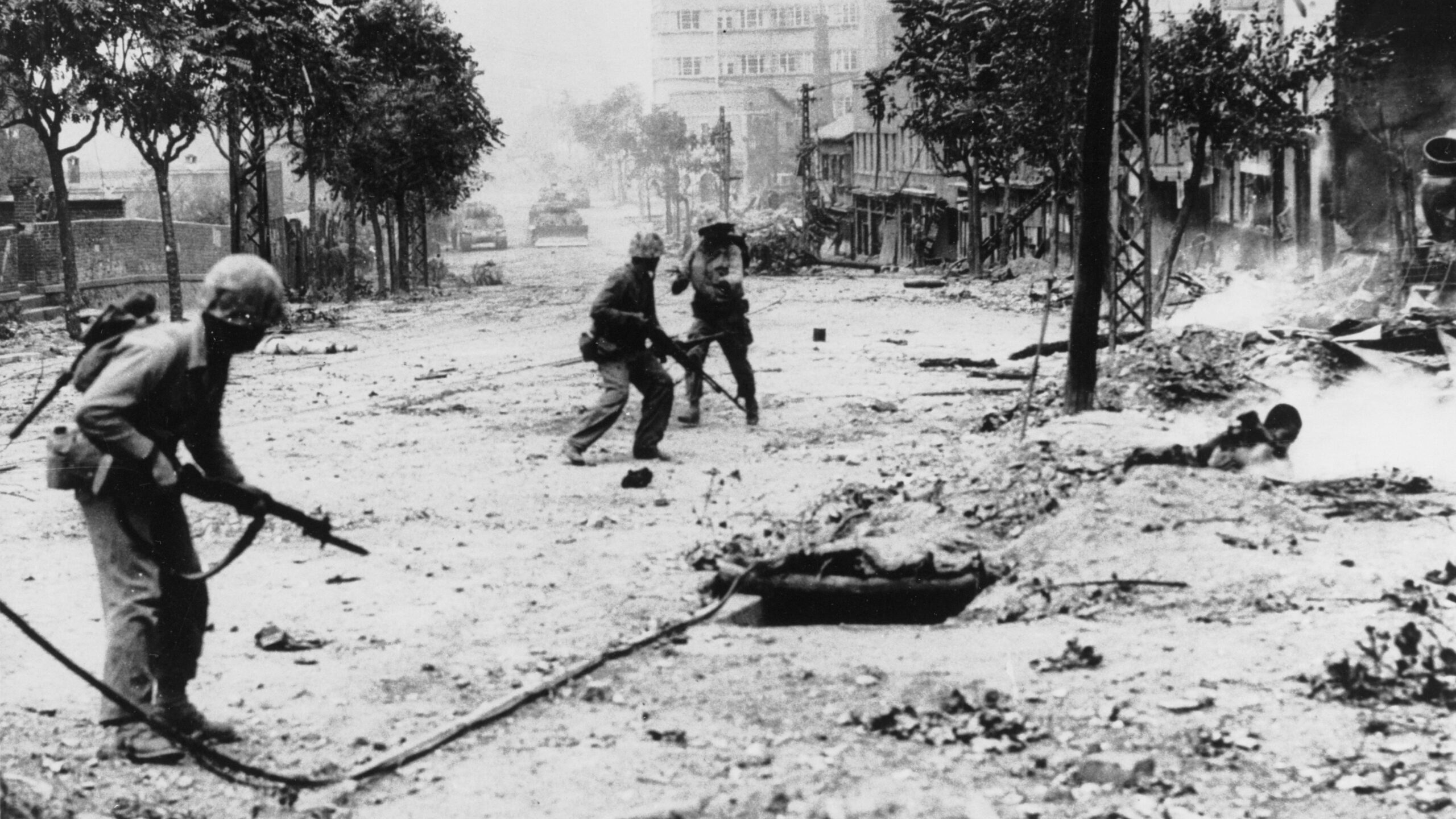
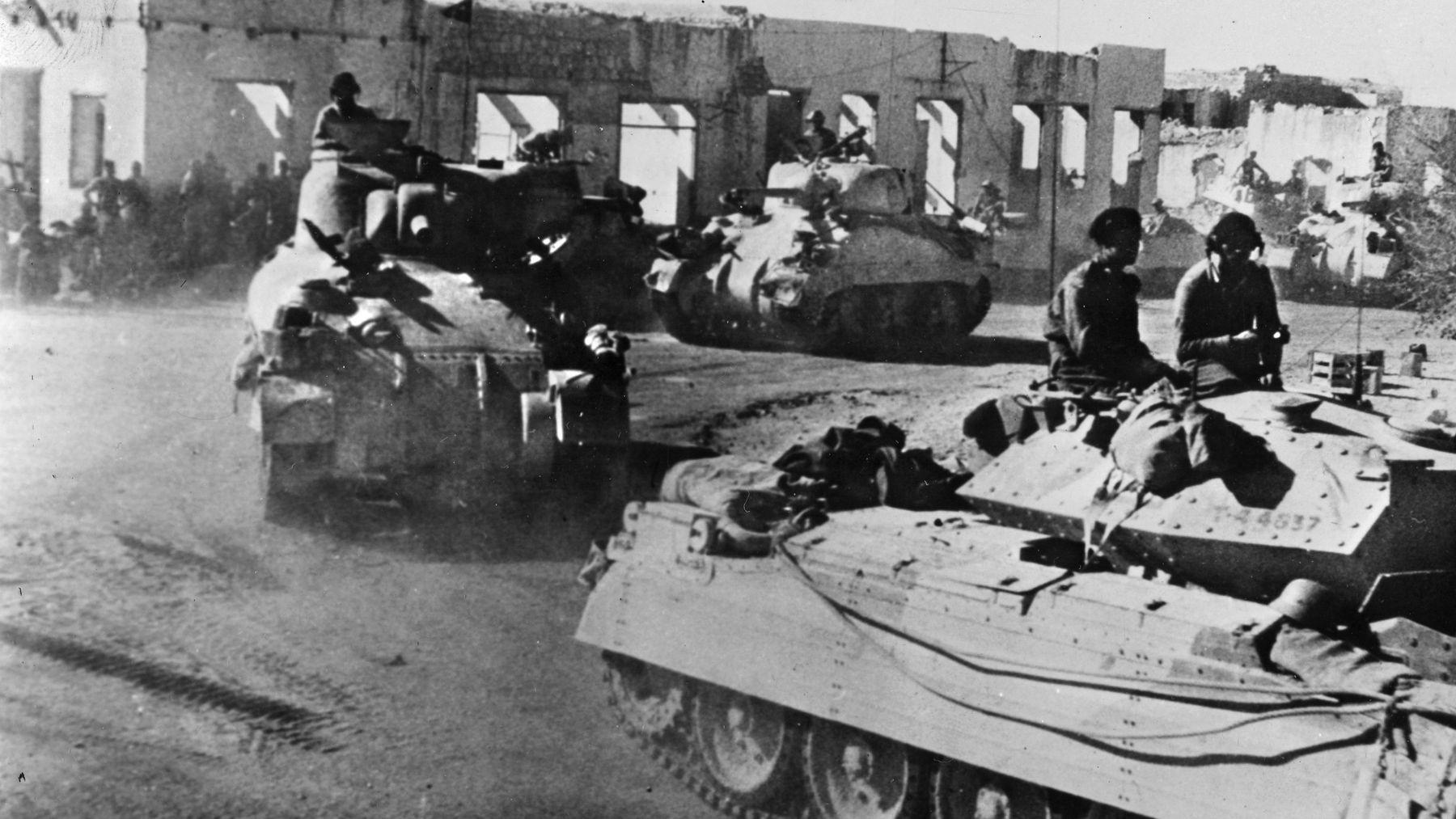
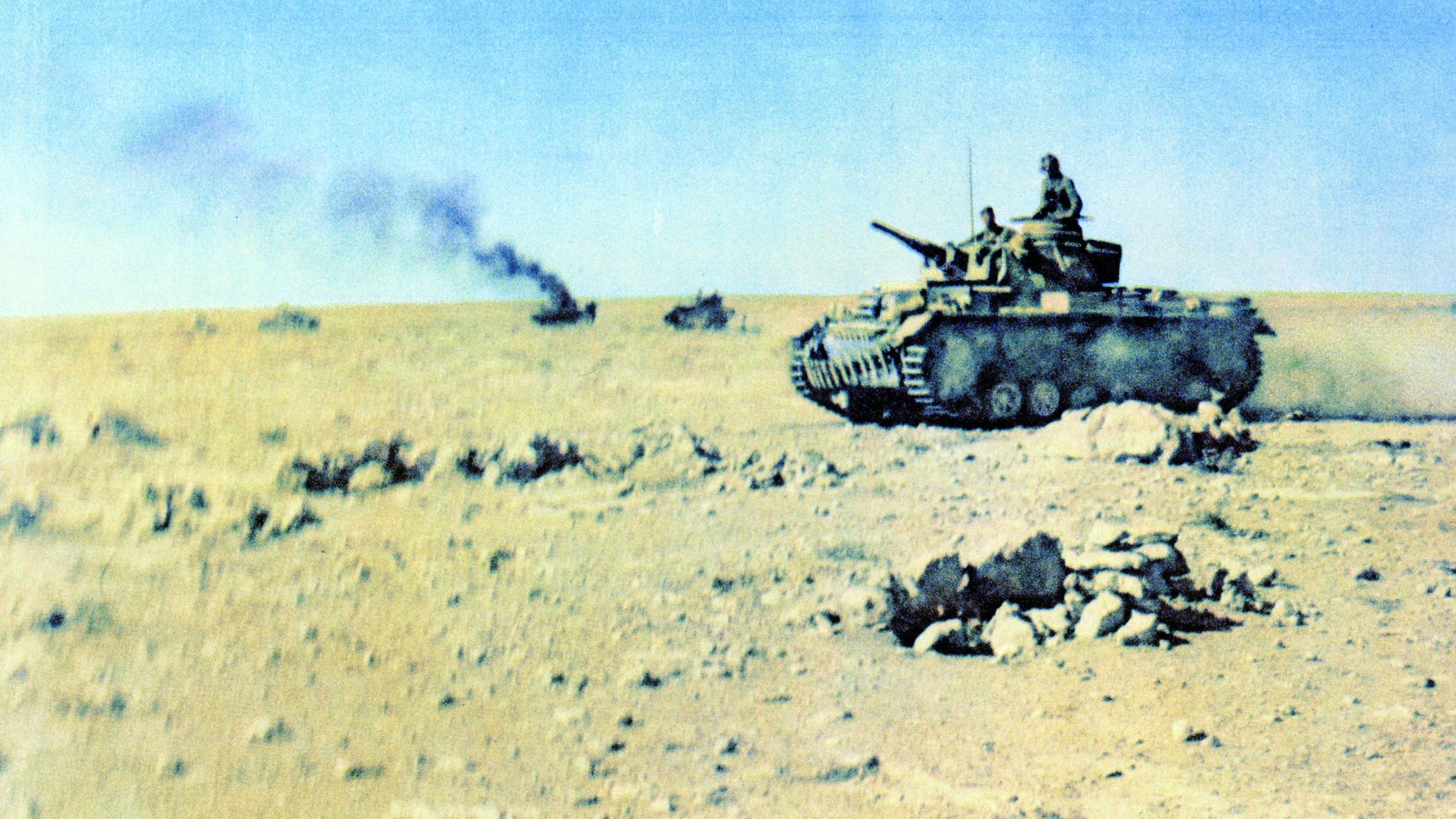
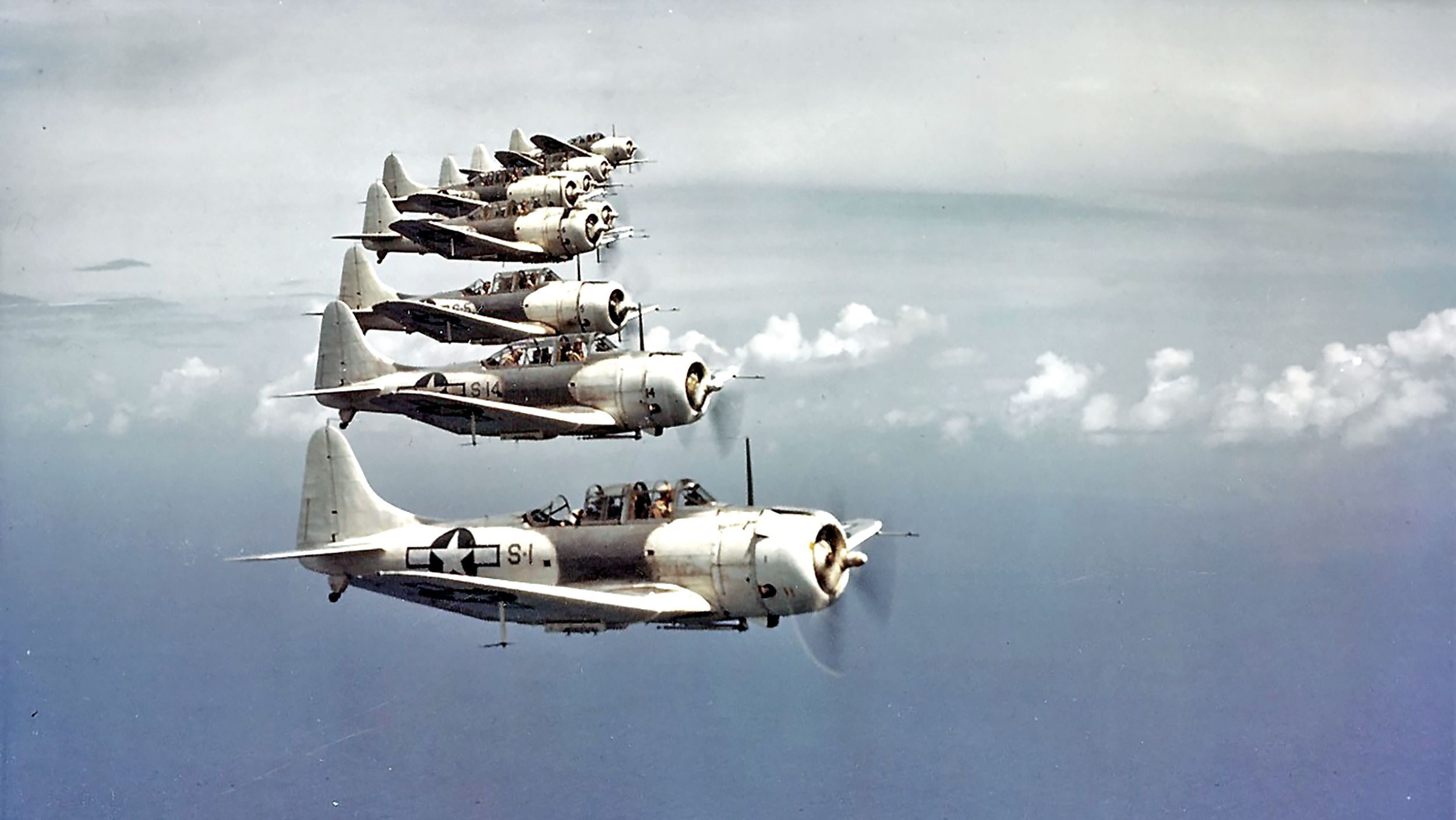
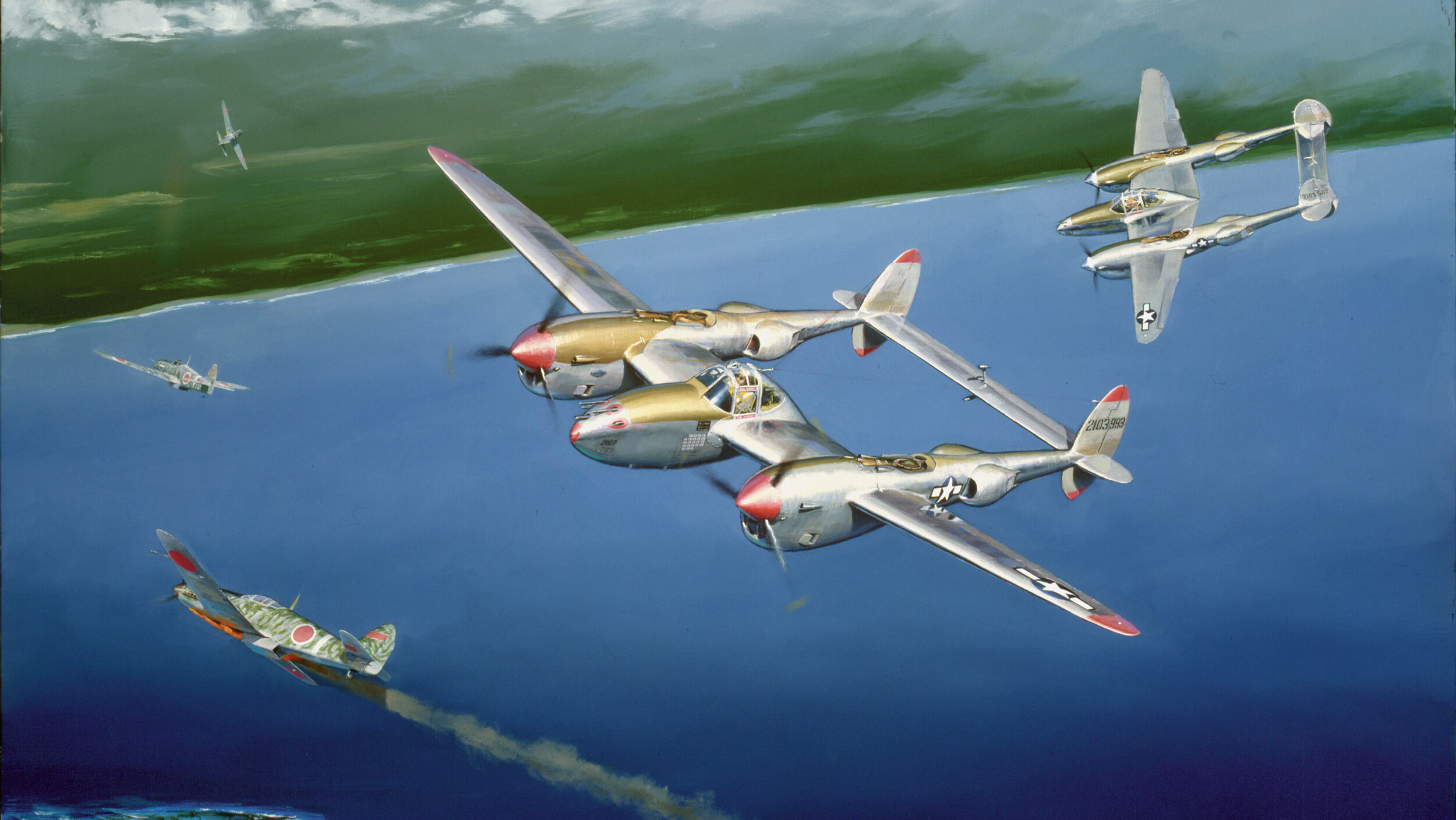
Join The Conversation
Comments
View All Comments